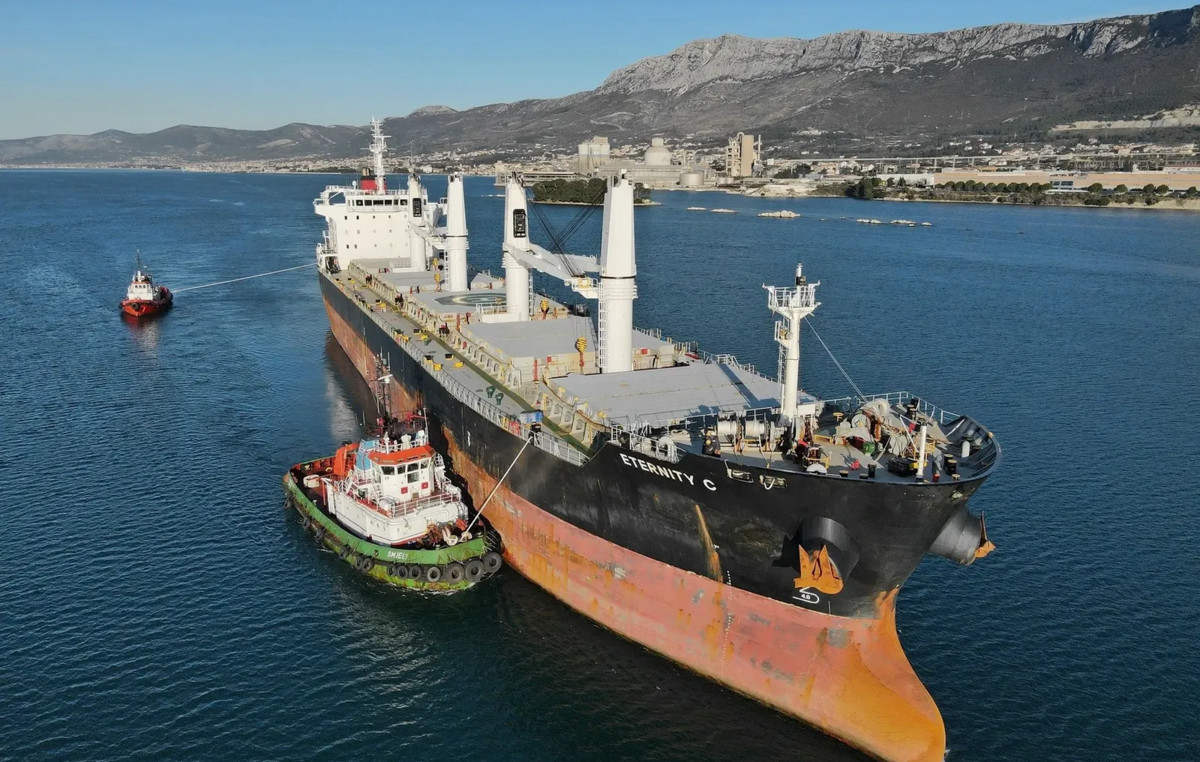European stock markets ended the session with gains on Wednesday, as the “bloodless”, finally, visit of the speaker of the US House of Representatives, Nancy Pelosi, to Taiwan and encouraging macroeconomic data from the other side of the Atlantic opened the appetite today of investors for placements.
It is noted that Pelosi’s visit to Taiwan yesterday provoked a strong reaction from Beijing, with investors worried that it will cause new friction in Sino-American relations, at a time when the war in Ukraine and the ongoing effects of the coronavirus pandemic continue to plague the economies, while interest rate hikes by central banks to tackle inflationary pressures are raising fears of a global recession.
China’s tepid response, however, eased those concerns, while encouraging macroeconomic data released earlier Wednesday in Europe and the US eased fears of a slowdown in economic activity.
Thus, the pan-European Stoxx 600 ended the day 0.51% higher at 438.30 points, with the technology sector leading the rise with gains of 3.2% and most sectors also moving in positive territory.
In Frankfurt, the DAX index closed with significant gains of 1.03% at 13,587.56 points, in Paris the CAC 40 gained 0.97% to end at 6,472.06 points, while in London the FTSE 100 index ended the day at 7,445.68 units, with an increase of 0.49%.
Gains in the eurozone as well, with the FTSE MIB index in Milan closing at 22,574.90 points or 1% higher and the IBEX 35 in Madrid notching up 0.56% at 8,142.10 points.
In terms of individual stocks, Avast jumped 43% on Wednesday after the UK’s Competition Commission approved the sale of the Czech cyber security company to US NortonLifeLock for $8.6 billion.
Later in the day, data released today showed that business activity in the Eurozone contracted slightly in July for the first time since the first months of 2021.
In particular, S&P Global’s composite PMI, which combines manufacturing and services, fell to a 17-month low of 49.9 in July from 52.0 in June, beating the initial estimate of 49.4. Readings below the 50 level indicate a contraction in activity.
However, the data announced today by Eurostat showed strong upward pressure at the factory gates, which is expected to continue fueling inflation.
In particular, producer prices increased by 1.1% in June compared to May, while on an annual basis producer prices jumped 35.8%, as announced by the European Statistical Service.
At the same time, retail sales fell as consumers continued to cut back on purchases amid a rally in inflation.
In particular, the volume of retail trade fell 1.2% in June in the Eurozone compared to May, according to the initial estimate announced today by Eurostat.
Meanwhile, on the other side of the Atlantic, the Institute for Supply Management survey showed that the US services sector improved in July. In particular, the ISM announced that the non-manufacturing PMI index rebounded to 56.7 points last month from 55.3 points in June, ending a streak of three consecutive months of slowdown.
At the same time, factory orders in the US increased by 2% in June, significantly exceeding the estimates of economists who were expecting an increase but smaller, by 1.2%.
Source: Capital
I am Sophia william, author of World Stock Market. I have a degree in journalism from the University of Missouri and I have worked as a reporter for several news websites. I have a passion for writing and informing people about the latest news and events happening in the world. I strive to be accurate and unbiased in my reporting, and I hope to provide readers with valuable information that they can use to make informed decisions.







